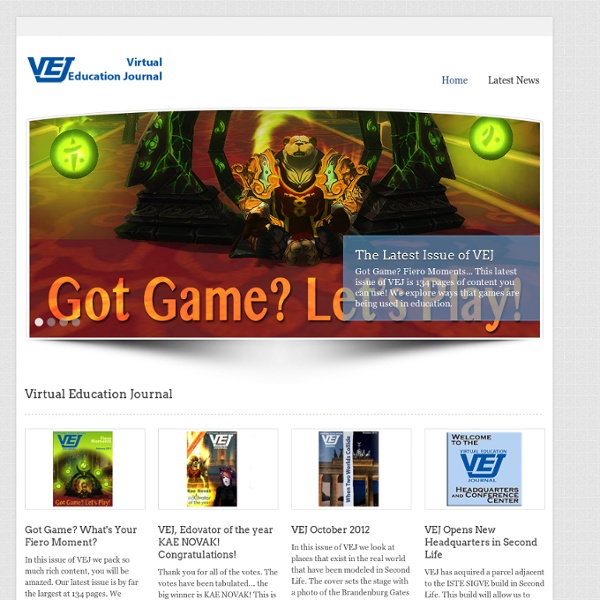



FIC 2.13, 2.7 and Noosphere Lists for 2010 - Second Thoughts / Profk Oh, dear. 2011 is here already and I didn't get my last three FIC lists published for 2010. So I better publish them, even though I feel they are incomplete, there's been a few clamouring for them (and no, you aren't in the lists so why fuss?) You will recall that earlier I published the FIC has-been list (FIC 1.0) and then the FIC 2.0 which is also close to retirement -- it's a sign of its growing lack of importance and influence that even *I* am on it (for having one of my International Bazaar kiosks on a Linden welcome area). Some people rejoiced to see themselves on 2.0 not realizing there was more to come. Some people felt like there were some missing -- that's because they didn't realize that 2.7 "Besh Meta FIC" is here. And that's just it -- I can't keep up. First, I've been putting together the Mal-FIC, FIC 1.3, the list of malevolent and bad actors in SL. Then I've published 2.7 -- and I feel it's very incomplete. Or what about Desmond? FIC 2.13 -- mal-FIC Noosphere
The Perversity of Return | An Engine Fit For My Proceeding - Ordinal (on Second Life) Since my general removal of all products from the Grid, some readers might have noticed that I have not been entirely absent myself (not that I said that I would be, but it has caused some occasional surprise; less so now). I do pop in and out to attend functions and vaguely chit-chat. In fact, those who follow my Twitterthing might have even noticed that recently I have been doing some actual scripting, and playing with what passes for a Marketplace these days. Lawks. Not merely for the Twitterbox, either (progress on which I shall mention in a future post). I was wondering what my motivation might be for this - though it is nothing like a Return To Business As Usual, which will never happen. Motivations, though. Firstly there is simple boredom and lack of a suitable replacement outlet for creativity. The Third Reason, however, is somewhat more perverse, and I have only admitted it to myself quite recently. Chin chin!
Why Virtual Worlds Play an Important Role in the Changing Arab World | Mashable, Rita J King Follow artist, writer and entrepreneur Rita J. King on Twitter. While co-directing the Understanding Islam through Virtual Worlds project with Joshua Fouts, I traveled to four continents in the physical world and interviewed people from 25 countries in the virtual world called Second Life. The Psychological Impact of Virtual Worlds Second Life has long been plagued by a misguided media narrative that latched onto its novel and cartoonish appearance while missing the much larger point: For the first time in history, geographically dispersed people are sharing a space limited only by their imaginations, and are visualizing together how the space is used and built upon. Mosque communities have sprung up all over the virtual world as they have in the physical world, built from the ground up by various individuals and organizations. Experiences shared within virtual worlds, particularly user-created environments, are not perceived as trivial by those who partake in them. Conclusion See Also:
Regarding Client Detection Systems (CDS) in Second Life as alleged copybot deterrent Every once in a while, some Second Life drama will erupt about a “client detection system” (CDS), a scripted product that supposedly protects your store from content rippers (aka “content thieves”) by banning users of untrusted viewer programs. There was such an episode last week, with a certain store using a certain CDS that wrongly banned a legitimate customer using a legitimate viewer. I won’t bother mentioning the name of the store or the CDS, because this post isn’t about that specific incident. (Full disclosure: the viewer in that particular case was the Imprudence Experimental, which I am involved with. Simply put, a CDS does not provide any significant protection against content rippers. Most people don’t understand how a CDS works, but believe that it might actually be able to stop content rippers. How a CDS Works Like nearly all web browsers, the viewer’s built-in browser is programmed to send its “user agent” to any website it connects to. A Waste of Money Well, it gets worse.
NMC Campus: Seriously Engaging (education) QAvimator - create your own animations Are You Listening? An Open Letter to Philip Rosedale @ in marx mode [Second Life] Readers: I am deeply touched that this letter has struck such a chord among the Second Life community. I have seen this reposted in a few other places. I do not mind this at all, provided that you do not change or add to the letter, that you credit me as the author, and that you link back to this page. Thank you. Dear Philip, You indicated that your return to the helm would result in a return to transparency. If you want to instill confidence in us, Philip, you’re not going to do it with a quick Tweet that “SL is growing, not failing.” At the present time, there is absolutely no reason for us to believe that Second Life is growing. This is not to say that all of these decisions are terrible. As we enter into Second Life’s seventh year, the company seems – to many of us who are kept on the outside – to be forestalling bankruptcy for as long as possible. The grid is starting to feel like Iceland. We realize that Second Life beats with the heart of a corporation, not a democracy.